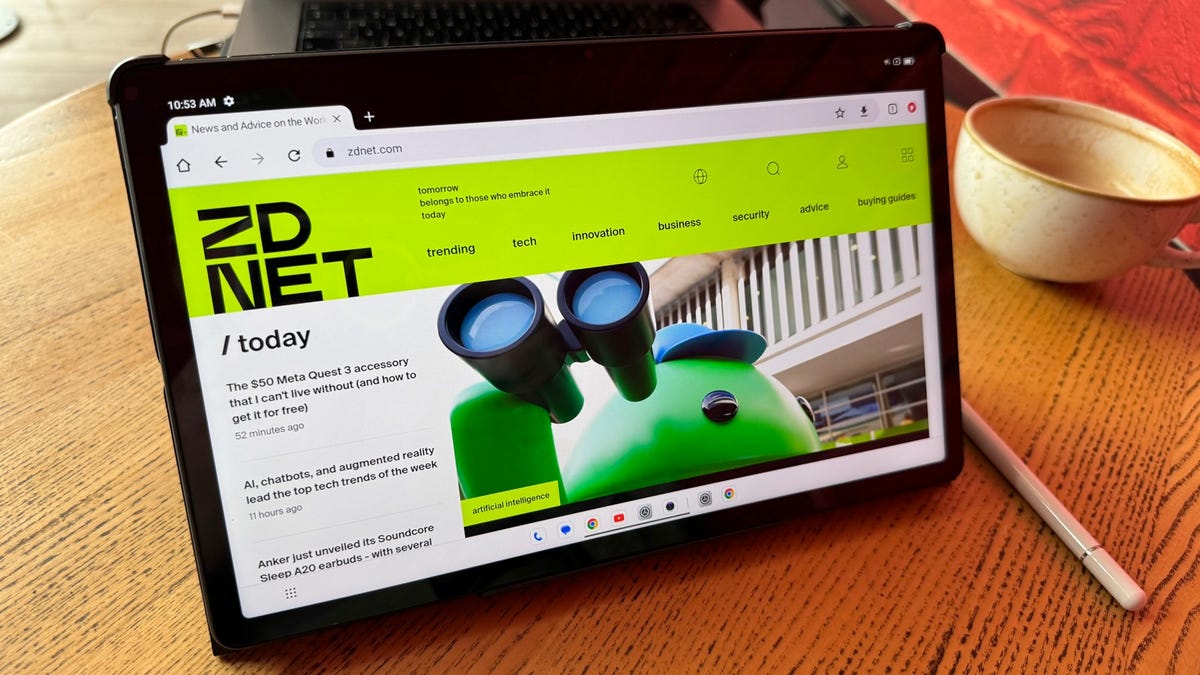
"It's that time of year when I get a lot of questions about tablets. They seem to be a popular gift around springtime, when folks are looking for new tech to replace their ever-aging ones. While those in the Apple ecosystem are limited to the iPad line, Android users have many more options, especially at the cheap end of the spectrum."
"Although I'm hip-deep in the iOS and iPadOS ecosystem and own an iPad Pro, I have to admit that I'm not much of a tablet user. Sure, I use it as a second screen for YouTube or to play the odd game, and sometimes, I even get around to doing some real work with it. On the whole, though, I don't use it a lot because I find that whatever I can't do on my iPhone is better done on my MacBook Pro."
"A tablet has three key components: the display, the processor that drives everything, and the battery that powers it all. So, starting with the screen. Compared to the 2752-by-2064 pixel display on my 13-inch iPad Pro, the 800 x 1280 feels like a real downgrade, but after using it for a while, it feels more than enough for YouTube and Netflix, and for editing word processor documents and spreadsheets."
Tablets are popular springtime gifts as people replace aging devices, with Apple users limited to iPads and Android users enjoying many low-cost options. Many users treat tablets primarily as large screens for social media and content consumption rather than as work platforms. A substantial market exists for budget tablets under $200 that serve as indulgent devices for media and light tasks. Blackview, known for rugged smartphones, produces tablets that excel at content consumption. A well-balanced tablet relies on display quality, processing power, and battery life. Lower-resolution screens like 800 x 1280 can still comfortably handle YouTube, Netflix, and document editing.
Read at ZDNET
Unable to calculate read time
Collection
[
|
...
]